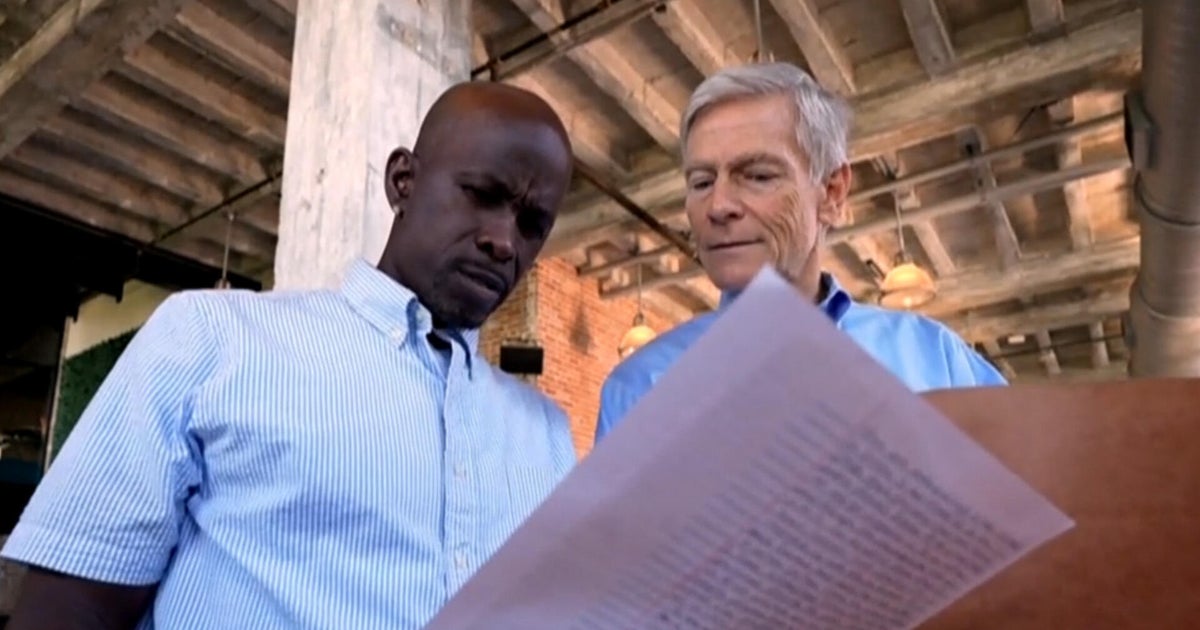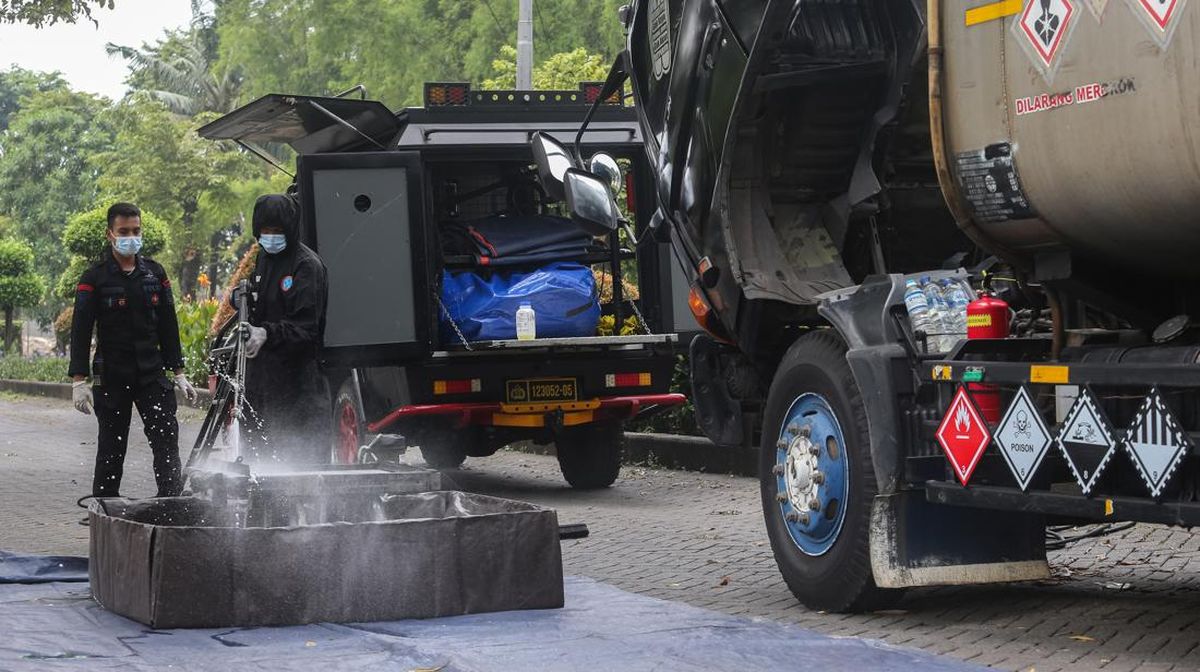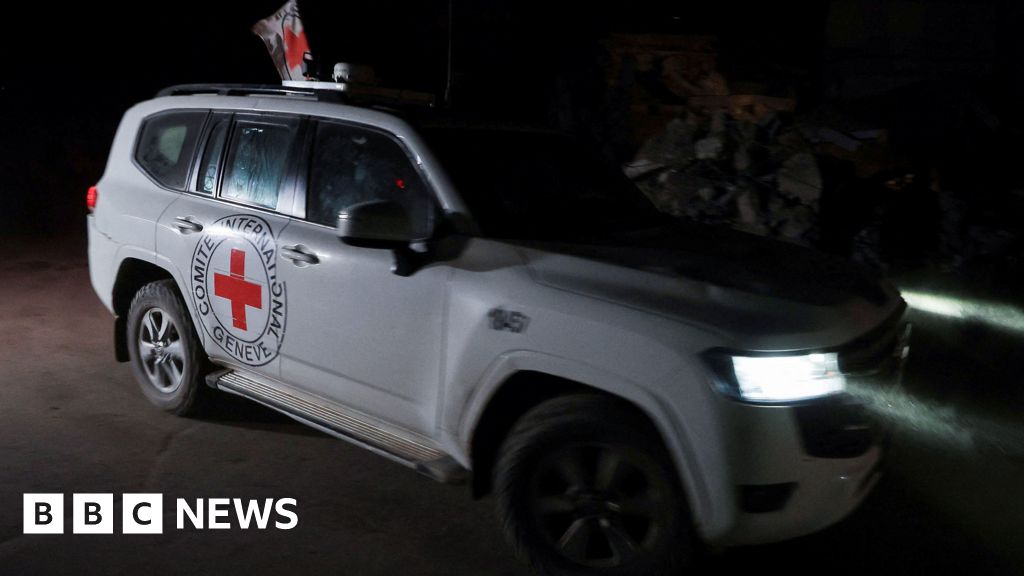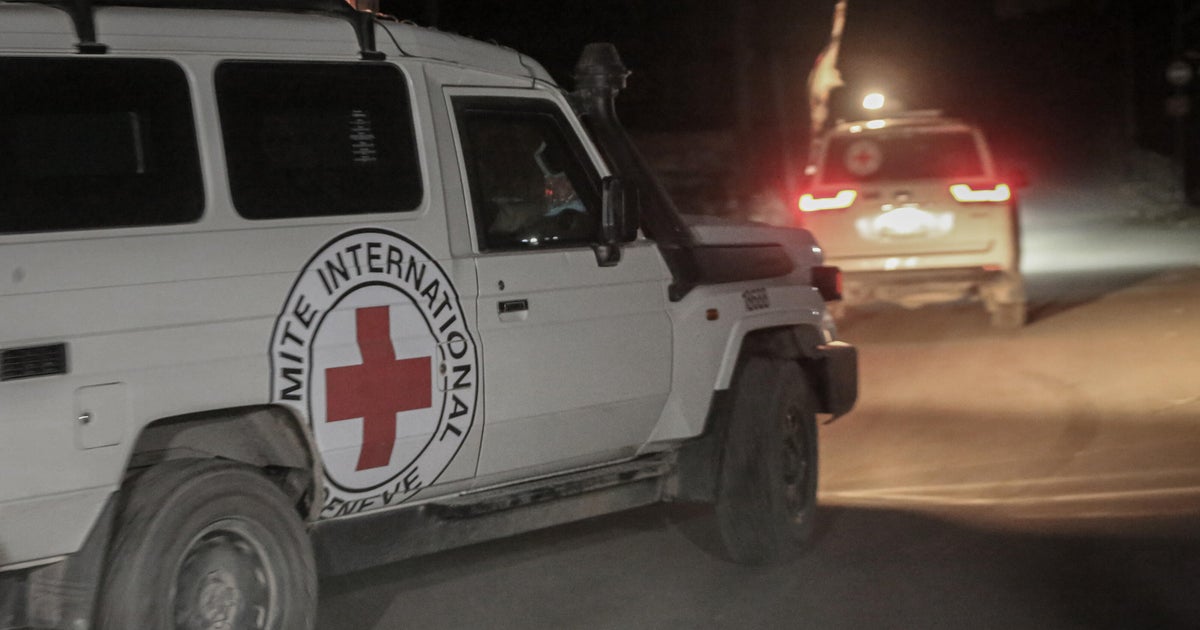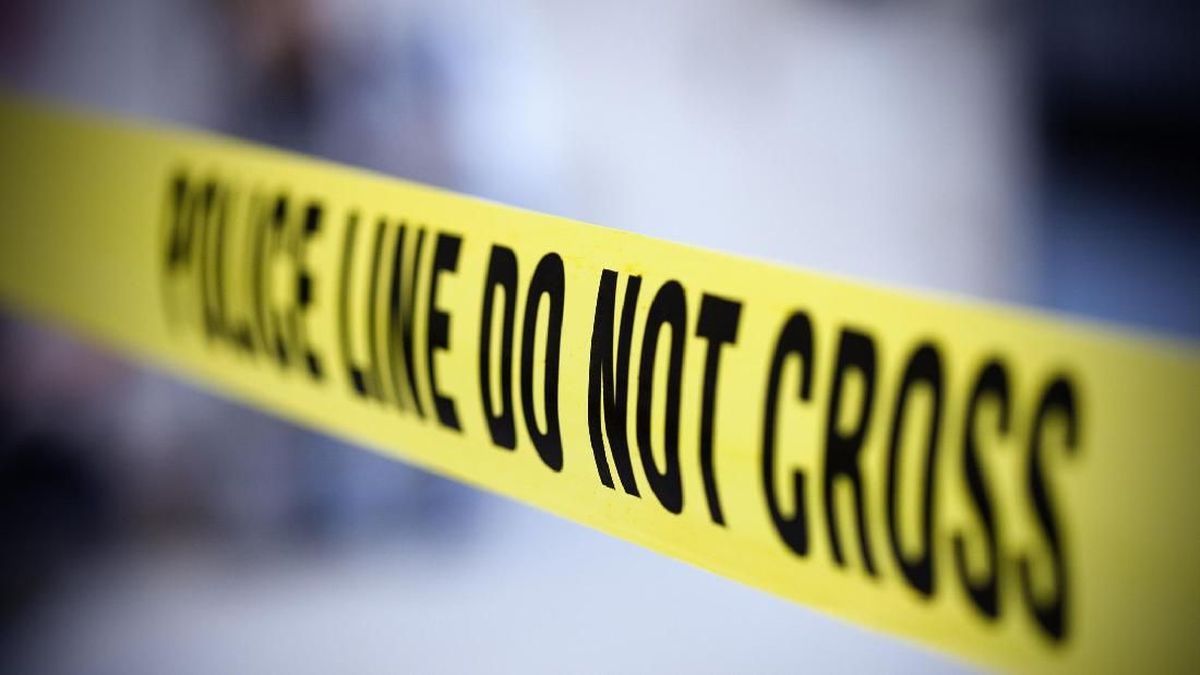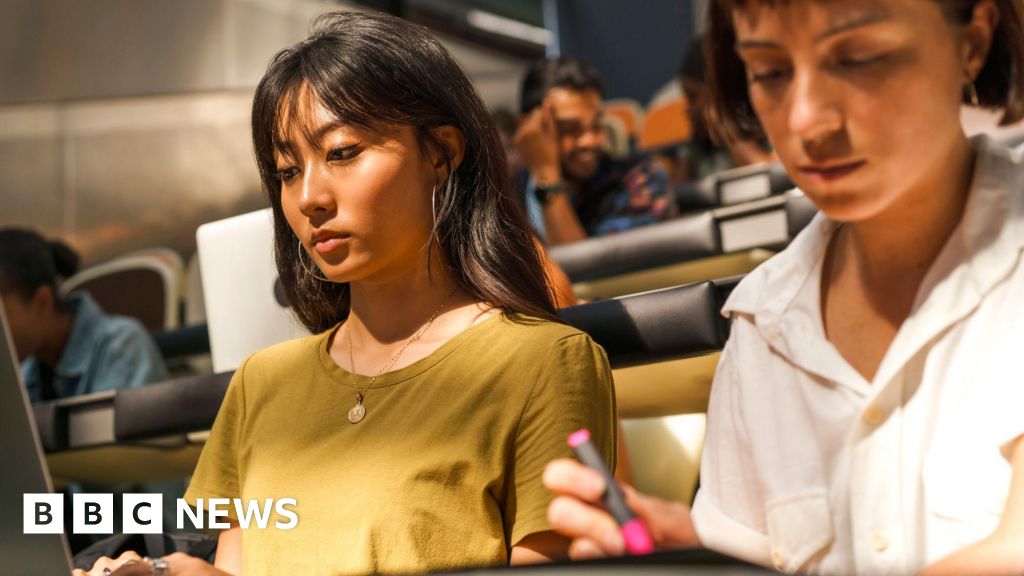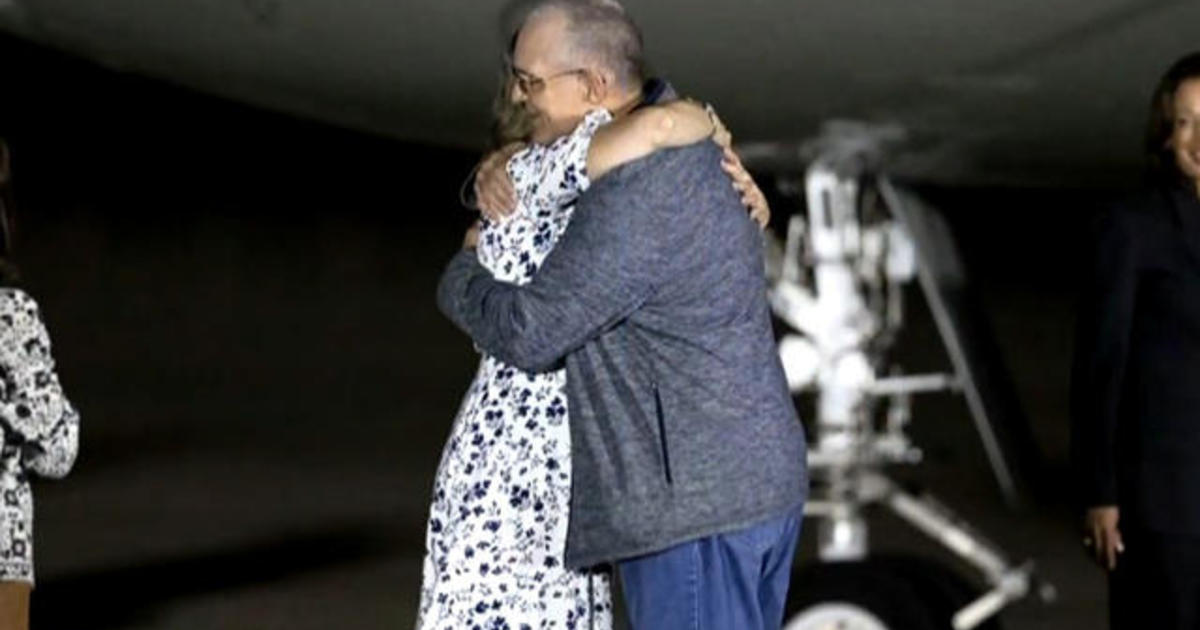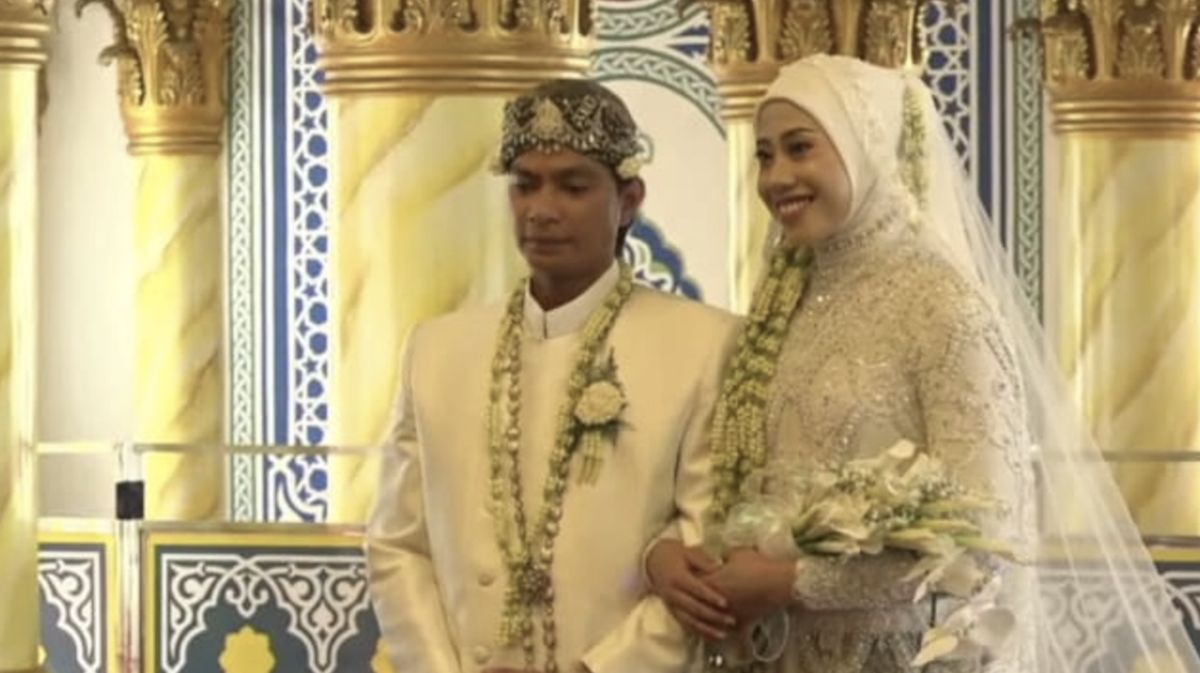Pope Leo XIV has created seven new saints, bringing the total number of people who posthumously received this title to nine since he was appointed to lead the Catholic Church earlier this year. Among the latest group honored was an attorney who at one point became a Satanic priest, before denouncing Satan and returning to his Christian faith.
Bells rang out over St. Peter's Square for the ceremony on Sunday, which had an audience that the Vatican estimated at some 70,000 people. There, the pope canonized that ex-occultist priest, Bartolo Longo, alongside a lay catechist from Papua New Guinea, an archbishop killed in the Armenian genocide, a Venezuelan "doctor of the poor" and three nuns who dedicated their lives to the poor and sick.
The former Satanic priest Longo, an Italian lawyer born in 1841 and who died in 1926, rejoined Catholicism and went on to found the Pontifical Shrine of the Blessed Virgin of the Rosary of Pompeii.
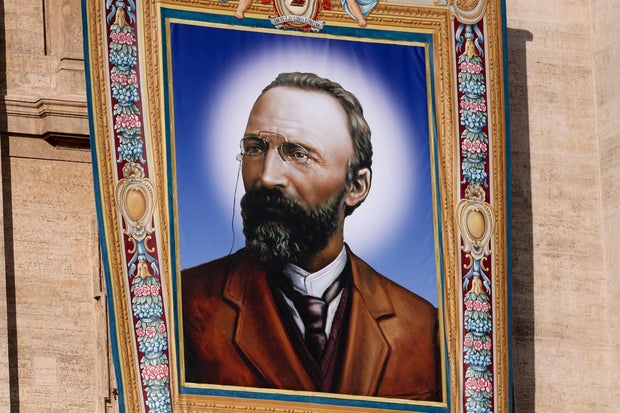 A portrait of former Satanist-turned-Catholic Bartolo Longo is displayed on the day of his canonisation, in St. Peter's Square, at the Vatican, October 19, 2025.
Claudia Greco / REUTERS
A portrait of former Satanist-turned-Catholic Bartolo Longo is displayed on the day of his canonisation, in St. Peter's Square, at the Vatican, October 19, 2025.
Claudia Greco / REUTERS
"Today we have before us seven witnesses, the new Saints, who, with God's grace, kept the lamp of faith burning," Leo told the crowd gathered at the Vatican during his homily. "May their intercession assist us in our trials and their example inspire us in our shared vocation to holiness."
Huge portraits of the seven were unfurled from windows over the square as Leo, the first U.S. pope, emerged from St. Peter's Basilica dressed in a ceremonial white cassock with a miter on his head, preceded by white-clad bishops and cardinals.
Cardinal Marcello Semeraro, prefect of the Dicastery for the Causes of Saints — the Vatican department charged with beatification and canonization — read aloud profiles of the seven to applause from the crowd.
With Leo's reading of the canonization formula, they were officially declared saints.
In his homily, Leo acknowledged the importance of the world's "material, cultural, scientific and artistic treasures" but said "their true meaning is lost without faith," according to the Vatican. Describing the new saints as either "martyrs for their faith," "evangelizers and missionaries," "charismatic founders" of congregations or "benefactors of humanity," the pope also encouraged his followers to lean on their faith at times when the suffering around them could spark doubt.
"When we are 'crucified' by pain and violence, by hatred and war, Christ is already there, on the cross for us and with us," he said. "There is no cry that God does not console; there is no tear that is far from His heart."
Rite of canonization
The rite of canonization on Sunday was the second for the former Robert Prevost since he was made leader of the Catholic Church on May 8.
Last month, he proclaimed as saints Italians Carlo Acutis — a teenager dubbed "God's Influencer" who spread the faith online before his death at age 15 in 2006 — and Pier Giorgio Frassati, considered a model of charity who died in 1925, aged 24.
Canonization is the final step towards sainthood in the Catholic Church, following beatification.
Three conditions are required — most crucially that the individual has performed at least two miracles. He or she must be deceased for at least five years and have led an exemplary Christian life.
Martyrs, humanitarians
Among those made saints Sunday were Peter To Rot, a lay catechist from Papua New Guinea killed during the Japanese occupation during World War II, Armenian bishop Ignazio Choukrallah Maloyan killed by Turkish forces in 1915, and Venezuela's Jose Gregorio Hernandez Cisneros, a layman who died in 1919, whom the late Pope Francis called a "doctor close to the weakest."
Also from Venezuela was Maria Carmen Rendiles Martinez, a nun born without a left arm who overcame her disability to found the Congregation of the Servants of Jesus before her death in 1977. She becomes the South American country's first female saint.
 Pope Leo XIV tours on his popemobile after presiding over a Mass in St. Peter's Square at the Vatican during which he canonized seven new saints of the Catholic Church, Sunday, Oct. 19, 2025.
Andrew Medichini / AP
Pope Leo XIV tours on his popemobile after presiding over a Mass in St. Peter's Square at the Vatican during which he canonized seven new saints of the Catholic Church, Sunday, Oct. 19, 2025.
Andrew Medichini / AP
The Italian nuns canonized are Vincenza Maria Poloni, the 19th-century founder of Verona's Institute of the Sisters of Mercy, which cares primarily for the sick in hospitals, and Maria Troncatti of the Daughters of Mary Help of Christians.
In the 1920s, Troncatti arrived in Ecuador to devote her life to helping its indigenous population.
Circling St. Peter's Square in his popemobile after the service, Leo went far beyond its confines, traveling down the Via della Conciliazione linking the Vatican to Rome, stopping frequently to bless babies among the thousands of well-wishers.

